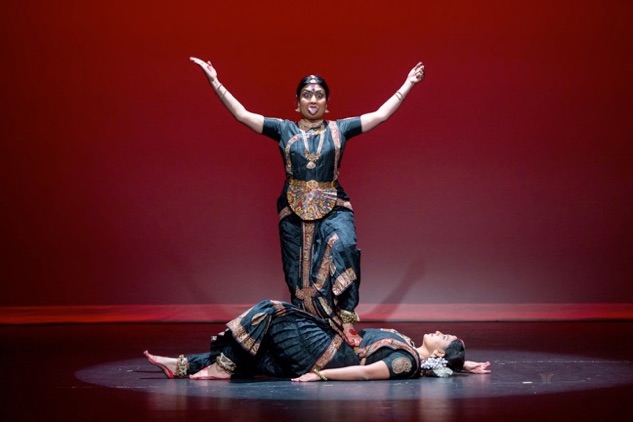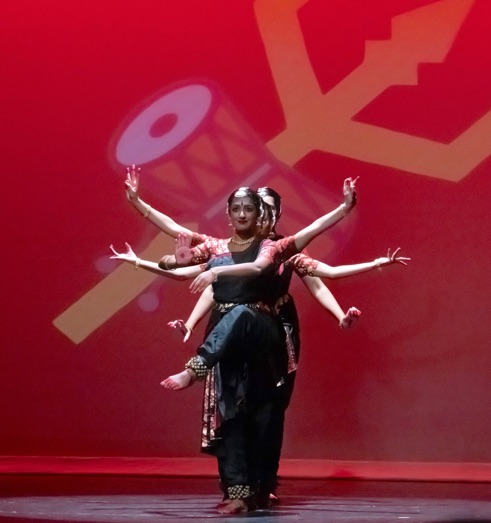
BHARATANATYAM









Bharatanatyam is the classical dance form from the southern state of Tamil Nadu in India. One of the oldest forms of Indian Classical Dance, its origin is traced back through the ccenturies to the temples of ancient India, where it was performed as a ritualistic form of worship. It is intricately bound with Hinduism, in particular with Hindu myths and customs. Visually, it is a dynamic style of dance, yet innately graceful. Dance teachers called nanttuvanars and ritualistic dancers, the devadasis, in the temples of South India have handed down the highly cultivated art of Bharatanatyam through the centuries.
Bharatanatyam used to be known as Sadir, Chinnamelam, Chinna Katcheri, and Dasiattam. There are two explanations for the word ‘Bharata’ in Bharatanatyam. One is that it is an aamalgamation of Bhava (emotion), Raga (musical mode) and Tala (rhythm) that are an intrinsic part of this dance form. The other theory is that the word derives from the name of sage Bharata who is the author of the treatise, Natya Shastra, written approximately 2000 years ago.
The three main elements of Bharatanatyam are nritta (pure dance), nritya (interpretative dance), and natya (dramatic dance). In Nritta, the dancer uses, hand gestures, feet and body movements to form intricate and complex patterns of movement that are decorative with emphasis on rhythm and technique. In Nritya, the dancer performs to a song with lyrics and interprets the meaning of the verses through the use of facial expression, hand gestures and body movements. Natya, is story telling, where the dancer takes on the role of characters and enacts the story using dance techniques.

